GEMAS VERDES
[S. Miguel – Açores]
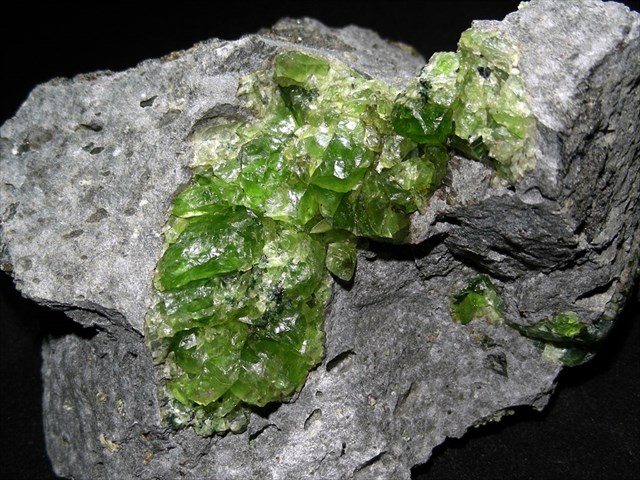
EARTHCACHE
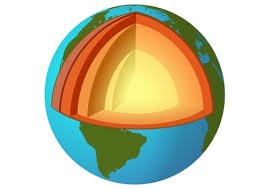
PORTUGUÊS

“A areia esverdeada consiste num depósito granular de olivina, um mineral muito vulgar nas rochas basálticas insulares. Na Ilha de São Miguel nos Açores, existem ainda, alguns recantos de areia essencialmente olivínica…”
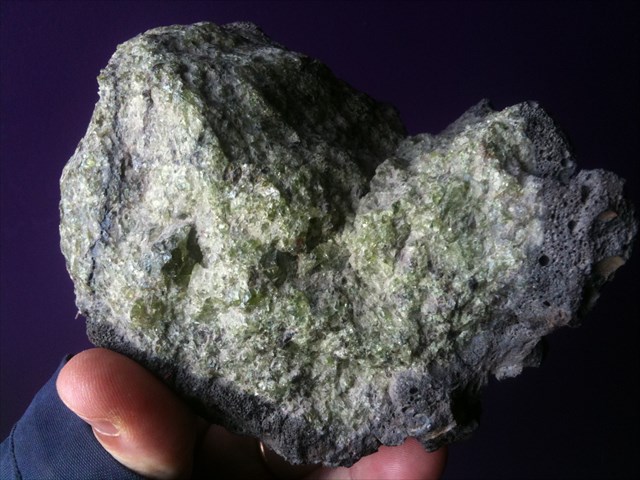
Nesta Ilha Verde (São Miguel), foram localizadas areias olívicas em vários locais, nomeadamente: nos Mosteiros, na zona da Caloura e na praia de Santana. Análises realizadas, pelos owners desta cache, a amostras de areia, recolhidas recentemente, da praia de Santana, mostram, infelizmente, que a quantidade de olivina existente, atualmente, no local é residual, pois esta foi, no final do século passado, extraída de forma intensiva da zona…
Por outro lado é de referir a existência de muitos burgaus de praia, cravados de olivinas, em vários locais, mormente no Nordeste e nos Mosteiros.
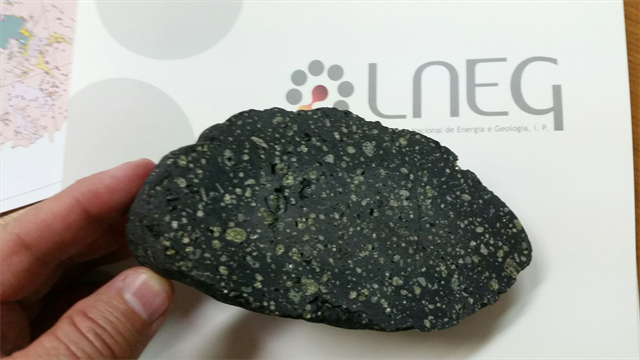
OLIVINA
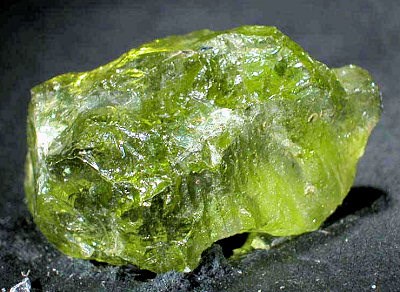
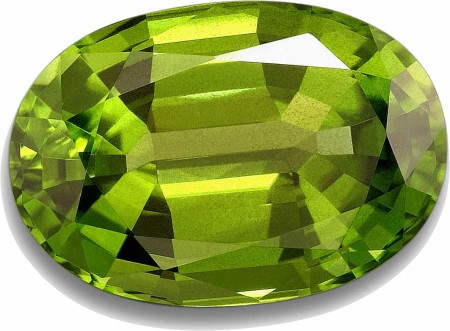
“Olivina é um grupo de minerais da família dos nesossilicatos cujos membros são constituídos por silicatos de magnésio e ferro, com fórmula química (Mg,Fe) 2SiO4, formando uma solução sólida em que a razão Fe/Mg varia entre dois extremos constituídos pela forsterite (Mg2SiO4) e a faialite (Fe2SiO4). Este mineral dá ainda o nome a um grupo de minerais com estrutura semelhante (o grupo da olivina) que inclui os minerais monticellite e kirschsteinite. Os minerais do grupo da olivina cristalizam no sistema ortorrômbico, e são nesossilicatos.
É um dos minerais mais comuns na Terra, tendo também sido encontrada em rochas lunares, em meteoritos e inclusive em rochas de Marte.
A olivina apresenta-se geralmente com cor verde-oliva (daí o seu nome) ou amarelo-claro, apesar de poder apresentar uma cor avermelhada devido à oxidação do ferro. Tem fratura concoidal, sendo bastante friável. A sua dureza é igual a 6.5-7, com peso específico 3.27-3.37 e lustre vítreo. Pensa-se que a cor verde seja devida à presença de pequenas quantidades de níquel. O hábito das olivinas é normalmente granular e maciço.
A olivina transparente é por vezes usada como gema em joalharia, sendo geralmente designada como peridoto ou, por vezes, crisólito. As melhores amostras de olivina de qualidade gemológica têm sido obtidas de um jazigo constituído por rochas do manto, na ilha Zabargad, no Mar Vermelho.
A olivina ocorre em rochas ígneas máficas e ultramáficas e ainda como mineral primário em algumas rochas metamórficas pois cristaliza a partir de magma rico em magnésio e pobre em sílica, o qual dá origem à formação de rochas máficas e ultramáficas, como gabro, basalto, peridotito e dunito. A olivina ou as suas variantes estruturais de alta pressão constituem cerca de 50% do manto superior, tornando a olivina um dos minerais mais comuns do planeta, em volume. O metamorfismo de dolomite impura ou de outras rochas sedimentares com alto teor de magnésio e baixo teor de sílica, pode produzir forsterite”.
(Daniel Oliveira)
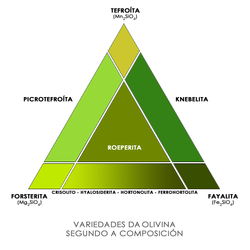
Composition:
25.37 % Mg (42.06 % MgO), 14.57 % Fe (18.75 % FeO), 18.32 % Si (39.19 % SiO2), 41.74 % O
Physical properties:
Cleavage:[001] Good, [010] Distinct
Color:Yellowish green,Olive green, Greenish black, Reddish brown.
Density:3.27 - 3.37, Average = 3.32
Diaphaniety:Transparent to translucent
Fracture:Brittle - Conchoidal - Very brittle fracture producing small, conchoidal fragments.
Habit:Massive - Granular - Common texture observed in granite and other igneous rock.
Hardness:6.5-7 - Pyrite-Quartz
Luminescence:Non-fluorescent.
Luster:Vitreous (Glassy)
Streak:white
UTILIZAÇÃO:
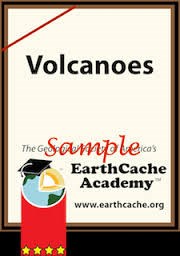
"A indústria de fundição de alumínio usa areia de olivina para transformar materiais em alumínio. A areia olivina requer menos água do que a areia à base de silício, proporcionando a força necessária para prender o conjunto de molde durante o manuseamento e vazamento do metal. Menos água significa menos gás (vapor) para ventilar a partir do molde de metal é derramado no molde ".
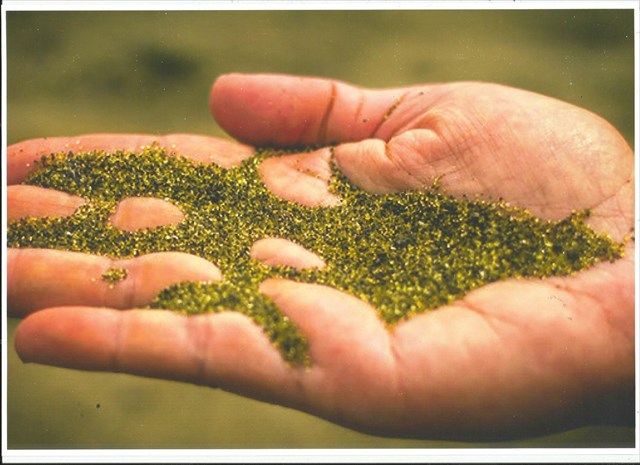
AREIA VERDE
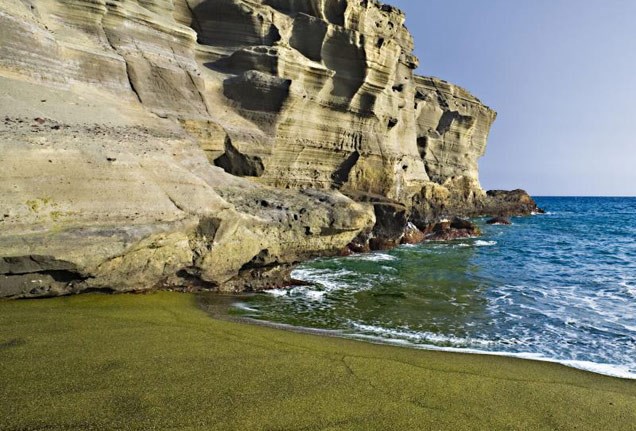
"O termo "areia verde "é usado para descrever uma praia composta de cristais de olivina. Uma dessas praias, Papakolea Beach (também conhecida como Green Sand Beach,) é uma praia de areia verde, localizada no South Point, no distrito Ka'u da ilha de Hawai'i. É uma das duas únicas praias de areia verde do mundo, localizando-se a outra em Guam e como o nome indica, a praia fica a coloração distinta de cristais de olivina encontrados num cone de cinzas nas proximidades. Note-se que a areia verde é mais abundante na parte inferior do cone de cinza.
Papakolea Beach está localizado em uma baía rodeada por Pu'u Mahana, um cone de cinzas formada mais de 49.000 anos atrás, e associado com a fenda ao sudoeste de Mauna Loa. Desde a sua última erupção, o cone de cinzas tem desabou parcialmente e foi parcialmente corroída pelo oceano.
O cone de cinzas é rico em olivina.
Olivina é conhecida localmente como "Hawaiian Diamond" e é principalmente encontrado em O'ahu's. A fonte da coloração verde das areias da praia é devido aos cristais de olivina que são retirados do promontório (erosão) pela ação do mar. Olivina, sendo mais densa e mais resistente do que a fragmentos de cinzas, vidro e piroxênio preto do resto das rochas e fluxos de lava, tende a acumular-se na praia enquanto a areia vulcânica habitual é arrastada para o mar.

A formação do cone de cinzas é atualmente um ponto de contenção, sendo defendido que a lava que flui no mar, arrefeceu subitamente, formando um edifício no litoral e os outros observando que o cone era provavelmente muito longe do oceano no momento da formação, permitindo a existência deste fenómeno. Independentemente da forma como ela foi formada, de acordo com o United States Geological Survey, o último fluxo de lava na área terminou mais de 10.000 anos atrás. Como tal, a história geológica do local pode ser visto na rocha ao redor da praia e da baía, que não estão sujeitos à erosão e, assim, exibir camadas geológicas formadas por erupções anteriores, fluxos de lava e outros eventos vulcânicos. Além disso, os actuais padrões de erosão podem ser vistos em primeira mão, como apenas as partes na parte inferior do colapso cinza cone ter sido sujeito às ondas e se transformou em areia verde; as parcelas restantes aparecem em cinza ".


PARA REALIZAR E REGISTAR ESTA EARTHCACHE:
PERGUNTAS:
Para “encontrar/registar” esta cache deverá: provar que esteve no local e responder às seguintes questões, enviando um email/mensagem de Geocaching, com as respostas, para o nosso perfil.
Só depois, de enviar as respostas, e conforme as “guidelines” para as Earthcaches, deverá efetuar o seu registo! Serão removidos todos os registos que não obedeçam a estes requisitos.
1. A partir da descrição desta cache e dos teus conhecimentos, responde às seguintes questões:
a) Explica, por palavras tuas, o que são olivinas.
b) As olivinas podem “aparecer” com que cores?
c) Quando as olivinas aparecem ma cor verde-oliva, a que se deve esta cor?
d) As olivinas aparecem associadas a que tipos de rochas?
e) Na ilha de S. Miguel, em que locais existe “registo” de descoberta de olivinas?
f) Existem olivinas “fora” do nosso planeta Terra? Se sim, de onde são provenientes?
g) Explica porque razões existem “areias verdes” em algumas praias?
2. Observando a zona do GZ, responde às seguintes questões:
a) Nesta zona existem burgaus (rochas com cristais de olivina).
Qual o tamanho médio destes cristais que aparecem cravados nos burgaus?
I - menos de 1 mm de diâmetro?
II - entre 1 e 2 mm de diâmetro?
III - entre 2 e 5 mm de diâmetro?
IV - > 5 mm de diâmetro?
b) Nesta zona são visíveis vários “tipos” de rocha, associadas à ocorrência de olivinas! Identifica, pelo nome, pelo menos dois tipos destas rochas, existentes no GZ.
3. a) Na zona do way point 1 são visíveis (dependendo do estado da maré),
vários cristais/pedras esverdeados no meio dos grãos da areia.
Qual é a cor dos outros grãos que você encontra misturados com os
grãos de olivina (areias verdes)?
b)Estime a percentagem de grãos de areia verde (olivinas), relativamente à totalidade de uma amostra de areia.
I - menos de 5%?
II – entre 5 e 10 %?
III – entre 10 e 20%?
IV – mais de 20%?
4. Observando a zona do way point 2, responde às seguintes questões:
a)Nesta zona existem grandes rochas com cristais de olivina.
Qual o tamanho dos maiores cristais que aparecem cravados
nas rochas na zona do WP2?
I - menos de 1 mm de diâmetro?
II - entre 1 e 2 mm de diâmetro?
III - entre 2 e 5 mm de diâmetro?
IV – mais de 5 mm de diâmetro?
b)Nesta zona são visíveis várias rochas com cristais de olivina!
Identifica, pelo nome, estas rochas, existentes no wp2.
5.
TAREFA OBRIGATÓRIA:Deverá tirar uma foto sua, onde você apareça (ou com um papel/placa onde conste o seu nickname e a data da visita) e que comprove a sua presença no GZ desta EC - NÃO METASPOILERS. Esta foto deverá ser colocada no seu registo ou enviada por email ou sistema de mensagens de Geocaching, para o owner!

Não responderemos ao seu contato, a não ser que haja algum “problema” com as suas respostas ou registo.
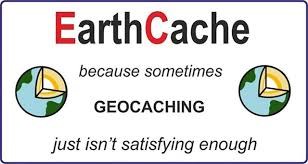
GREEN GEMS
[S. Miguel - Azores]
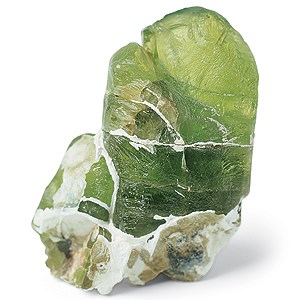
ENGLISH

EARTHCACHE

“The green sand is a granular deposit of olivine, a very common mineral in basaltic rocks island. On the island of São Miguel in the Azores, there are still some essentially “olivínica” sand corners ..."
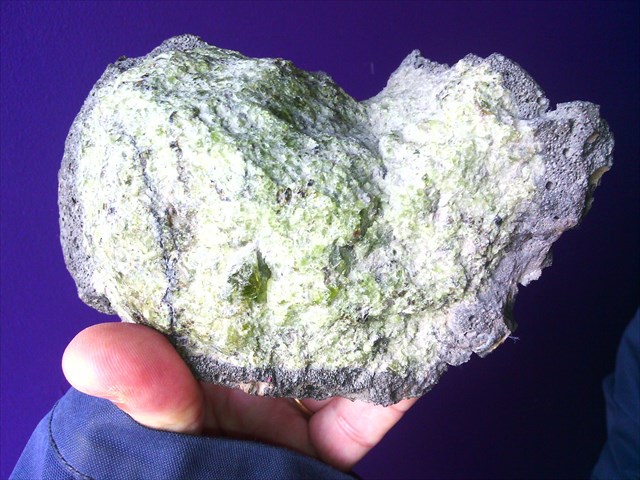
At “Green Island” (São Miguel), olivine sands were located in various locations, notably: at Mosteiros coast, in the area of Caloura and Santana beach. Analyses carried out by the owners of this cache, the sand samples recently collected, the Santana beach, show, unfortunately, that the amount of olivine currently in place is residual, as this was at the end of the last century, extracted zone intensively ...
On the other hand it should be noted that there are many beach “burgaus”, riveted of olivine, in various places, especially in the Northeast and at Mosteiros.
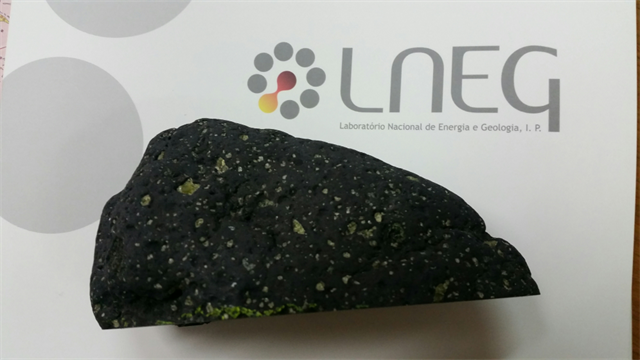
OLIVINA
“The mineral olivine is a magnesium iron silicate with the formula (Mg+2,Fe+2)2SiO4. Thus it is a type of nesosilicate or orthosilicate. It is a common mineral in the Earth's subsurface but weathers quickly on the surface.
The ratio of magnesium and iron varies between the two end members of the solid solution series: forsterite (Mg-endmember: Mg2SiO4) and fayalite (Fe-endmember: Fe2SiO4). Compositions of olivine are commonly expressed as molar percentages of forsterite (Fo) and fayalite (Fa) (e.g., Fo70Fa30). Forsterite has an unusually high melting temperature at atmospheric pressure, almost 1900 °C, but the melting temperature of fayalite is much lower (about 1200 °C). The melting temperature varies smoothly between the two end members, as do other properties. Olivine incorporates only minor amounts of elements other than oxygen, silicon, magnesium and iron. Manganese and nickel commonly are the additional elements present in highest concentrations.
Olivine gives its name to the group of minerals with a related structure (theolivine group) which includes tephroite (Mn2SiO4), monticellite (CaMgSiO4) and kirschsteinite (CaFeSiO4).
Olivine's crystal structure incorporates aspects of the orthorhombic P Bravais lattice, which arise from each silica (SiO4) unit being joined by metal divalent cations with each oxygen in SiO4 bound to 3 metal ions. It has a spinel-like structure similar to magnetite but uses one quadravalent and two divalent cations M2+2 M+4O4 instead of two trivalent and one divalent cations.
Olivine gemstones are called peridot and chrysolite”.
(Daniel Oliveira)

Composition:
25.37 % Mg (42.06 % MgO), 14.57 % Fe (18.75 % FeO), 18.32 % Si (39.19 % SiO2), 41.74 % O
Physical properties:
Cleavage:[001] Good, [010] Distinct
Color:Yellowish green,Olive green, Greenish black, Reddish brown.
Density:3.27 - 3.37, Average = 3.32
Diaphaniety:Transparent to translucent
Fracture:Brittle - Conchoidal - Very brittle fracture producing small, conchoidal fragments.
Habit:Massive - Granular - Common texture observed in granite and other igneous rock.
Hardness:6.5-7 - Pyrite-Quartz
Luminescence:Non-fluorescent.
Luster:Vitreous (Glassy)
Streak:white
USES:

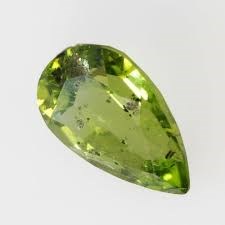
“A worldwide search is on for cheap processes to sequester CO2 by mineral reactions. Removal by reactions with olivine is an attractive option, because it is widely available and reacts easily with the (acid) CO2 from the atmosphere. When olivine is crushed, it weathers completely within a few years, depending on the grain size. All the CO2 that is produced by burning 1 litre of oil can be sequestered by less than 1 litre of olivine. The reaction is exothermic but slow. In order to recover the heat produced by the reaction to produce electricity, a large volume of olivine must be thermally well isolated. Then it can produce power, while at the same time removing CO2. The end-products of the reaction are silicon dioxide, magnesium carbonate and small amounts of iron oxide.
The aluminium foundry industry uses olivine sand to cast objects in aluminium. Olivine sand requires less water than silicon based sand while providing the necessary strength to hold the mould together during handling and pouring of the metal. Less water means less gas (steam) to vent from the mould as metal is poured into the mould”.
GREEN SAND
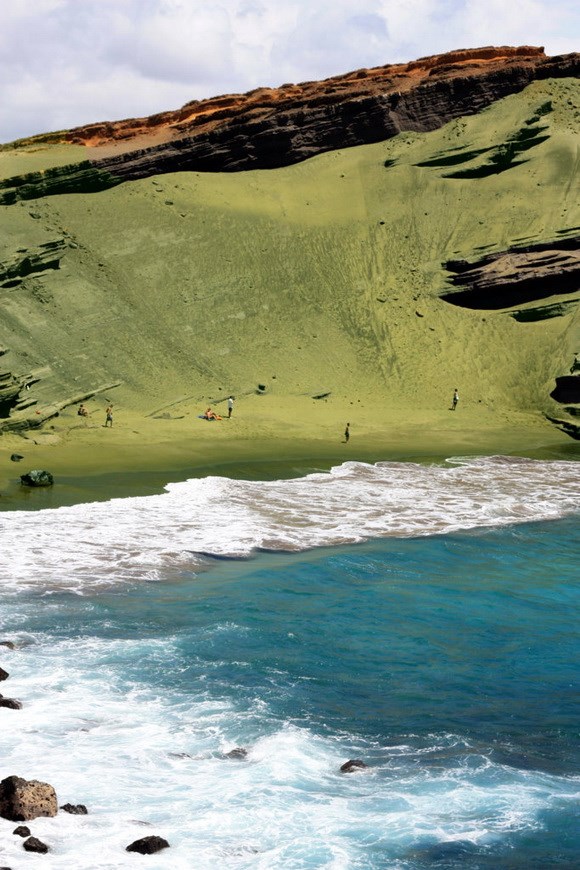
“The term “green sand” is used to describe a beach made up of olivine crystals. One such beach, Papakolea Beach (also known as Green Sand Beach, Mahana Beach and, erroneously, Pu'u Mahana) is a green sand beach located at South Point, in the Ka'u district of the island of Hawai'i . It is one of only two green sand beaches in the world, the other being in Guam and as the name implies, the beach gets distinctive colouring from olivine crystals found in a nearby cinder cone. Note that the green sand is more abundant at the bottom of the cinder cone.
Papakolea Beach is located in a bay circled by Pu'u Mahana, a cinder cone formed over 49,000 years ago and associated with the southwest rift of Mauna Loa. Since its last eruption, the cinder cone has partially collapsed and been partially eroded by the ocean.
The cinder cone is olivine-rich.
Olivine is locally known as "Hawaiian Diamond" and is notably found in O'ahu'sfamous Diamond Headlandmark. The source of the green coloration of the beach sands is due to the olivine crystals which are winnowed from the eroding headland by the action of the sea. Olivine, being denser and tougher than the ash fragments, glass and black pyroxene of the rest of the rocks and lava flows, tends to accumulate on the beach whereas the usual volcanic sand is swept out to sea. Although these crystals are eventually washed away as well, the constant erosion of the cinder cone ensures a steady supply of sand for the foreseeable future—eventually, however, the supply will run out and the beach will look like any other.
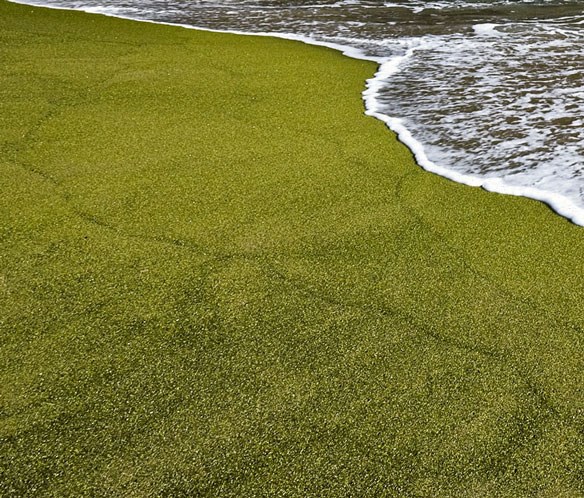
The formation of the cinder cone is currently a point of contention, with some arguing that lava flowing into the sea was suddenly cooled, forming an edifice on the coastline and others noting that the cone was most likely too far away from the ocean at the time of formation to make such an event possible. Regardless of how it was formed according to the United States Geological Survey, the last lava flow in the area ended over 10,000 years ago, making the area one of the more stable features in the geologically turbulent Ka?u region. As such, the geologic history of the site can be seen in the rock surrounding the beach and bay, which are not subject to erosion and thus display geologic layers formed by previous eruptions, lava flows, and other volcanic events. In addition, the current patterns of erosion can be seen first-hand, as only the portions at the bottom of the cinder cone collapse have been subject to the waves and turned into green sand; the remaining portions appear gray”.

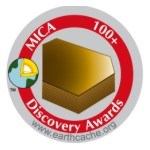
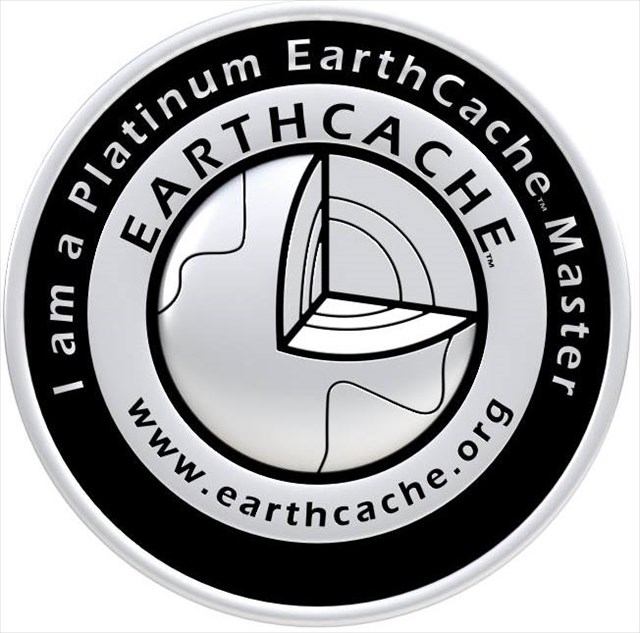

TO PERFORM AND LOG THIS EARTHCACHE:
QUESTIONS:
To "find / register" this cache must: prove that visited the site and answer the following questions by sending an email / message Geocaching, with answers to our profile.
Only later, sending the answers, and as the "guidelines" for EarthCaches should make your registration! They will be removed from all records that do not meet these requirements.
1. From the description of this cache and your knowledge, answer the following questions:
a) Explain, in your words, what are olivines.
b) The olivine can "appear" with that color?
c) When the olivines appear olive color, which is due this color?
d) The olivines appear associated with what types of rocks?
e) On the island of São Miguel, where there is local "record" of olivine discovery?
f) There are olivines "out" of our planet Earth? If so, where they are coming from?
g) It explains why there are reasons "green sand" on some beaches?
2. Observing the area of GZ, answers the following questions:
a) In this area there are “burgaus” (rocks with olivine crystals).
What is the average size of these crystals appear riveted
in burgaus?
I - less than 1 mm in diameter?
II - 1 to 2 mm in diameter?
III - between 2 and 5 mm in diameter?
IV -> 5 mm in diameter?
3. In this zone are visible several "types" of rock associated with the occurrence of olivine! Identify, by name, at least two types of these rocks, existing in GZ.
a) On the way point 1 zone are visible (depending on the state of the tide), several crystals / greenish stones in the middle of the sand grains.
What is the color of other grains you find mixed with olivine grains (green sand)?
b) Estimate the percentage of green sand grains (olivine) for the totality of a sand sample.
I - less than 5%?
II - between 5 and 10%?
III - between 10 and 20%?
IV - more than 20%?
4. Observing the area of way point 2, answer the following questions:
a) In this area there are large rocks with olivine crystals.
What is the size of the larger crystals that appear crimped the rocks in the WP2 zone?
I - less than 1 mm in diameter?
II - 1 to 2 mm in diameter?
III - between 2 and 5 mm in diameter?
IV - more than 5 mm in diameter?
b) In this area are visible several rocks with olivine crystals!
Identifies, by name, these rocks, existing in wp2.
5.
TASK (not optional): You must take a picture of yourself, where do you show up, (or with a paper / plaque with your geocaching nickname and the date of the visit) and that proves your presence in the GZ of this EC - no spoilers please. This photo must be placed in your log or sent by email or Geocaching messaging system, to the owner!

We do not respond to your touch, unless there is a "problem" with their answers or register.
